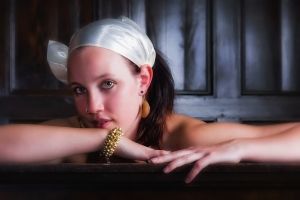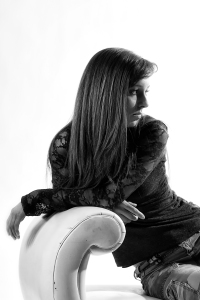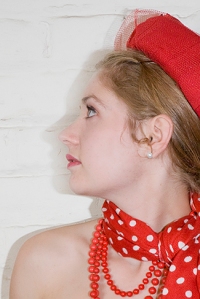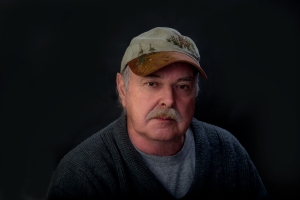I had a discussion with a fellow that was looking for help with his photography. He was frustrated with all the books and online publications that seem to be more about the camera, lens, and exposure setting than what I’ll call “one’s mindset” when it comes to making a creative decision about photographing the subject.
My suggestion was to start looking at photographs made throughout history by those photographers applauded by their approaches. I suggested he check out Jerry Uelsman’s creative montages, Arnold Newman’s environmental portraits, Irving Penn’s fashion work, and, of course, the world famous, scenic photography of Ansel Adams.
I offered Digital Camera World’s “The 55 best photographers of all time. ”http://www.digitalcameraworld.com/2012/07/17/famous-photographers-the-55-best-photographers-of-all-time/
The editors began their article with “The best photographers of all time? Surely there can be no definitive list! We’re not afraid of courting controversy here at Digital Camera World. OK, maybe we are a little bit, which is why we thought it was time to be bold for once! Over the years we’ve interviewed a number of famous photographers and been inspired by each of them, but one thing we often hear from readers, social media followers and others is… “Who are the best photographers of all time?” It’s a good question! We put on our thinking caps and took a stab it.”
There is another top ten list by the editors of the website, Ansel Adams. http://www.picturecorrect.com/tips/top-10-most-famous-photographers-of-all-time/
They write, “If you want to take truly memorable and moving photographs, you can learn something by studying the pictures of famous photographers. Some of the most beloved artists are deceased, but some are still delighting us with their photographs. The list includes some of the more famous photographers that still impact our lives today.”
I liked what Picture Correct’s editors wrote about how famous photographers are, “impacting our lives today”. I believe a good photograph is timeless and speaks to every generation.
Both articles are great and well worth taking time to read.
I enjoy studying those that excel in this medium, and I think we, as they wrote, “Can learn something by studying the pictures of famous photographers,” and I believe that photographers can advance their personal work by examining the work of others.
Photography is a medium that almost everybody within our contemporary culture has a personal familiarity with and an opinion on.
I suspect it is probably that familiarity with photography that drives many to think that they will excel as long as they keep up with the latest technology their photography will be applauded by their peers. However, I am of the belief that even though a photographer has technical skills, examining the work of photographers with a track record from the past will, as Picture Correct puts it, “help advance personal work by examining the work of others”.
Those two lists are only the opinion of the authors and as I perused the comments readers posted, many felt their favorite photographers had been excluded and others were unhappy with some on the lists. In my opinion that just doesn’t matter who made or didn’t make the lists, I enjoyed reading about them and their personal perspectives on photography.








